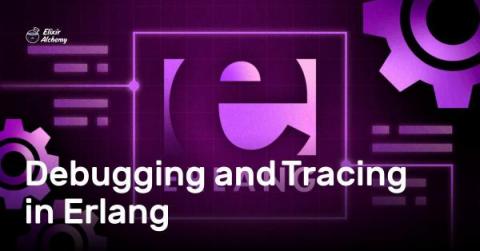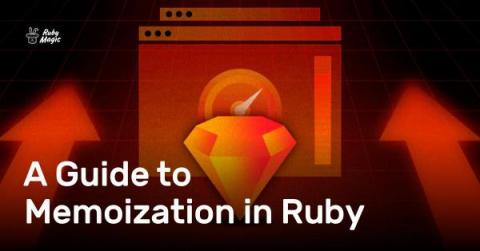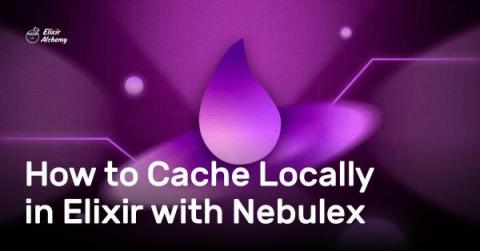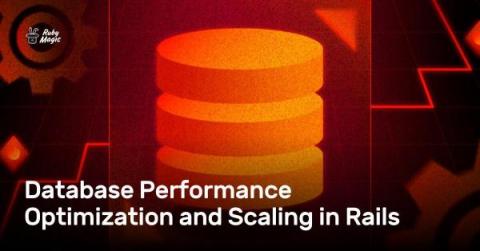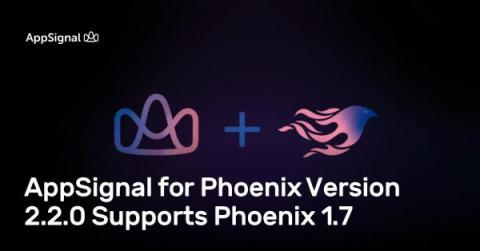Debugging and Tracing in Erlang
In part one of this series, the debugging tools we used — Elixir's IO.inspect/2, IEx.pry, and dbg/2 — required us to insert changes into code directly. Outside the development environment, you probably won't (and shouldn't) have access to your code. Erlang has a few tools to debug code at runtime: :debugger, :dbg.tracer, and :observer. First, let's look at the:debugger, a graphical debugging tool. Let's get going!


